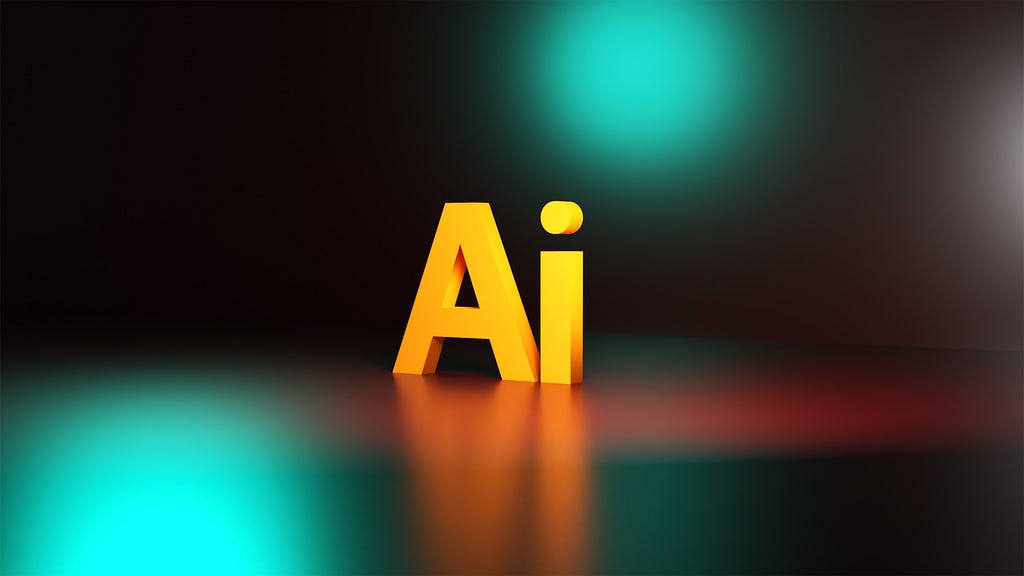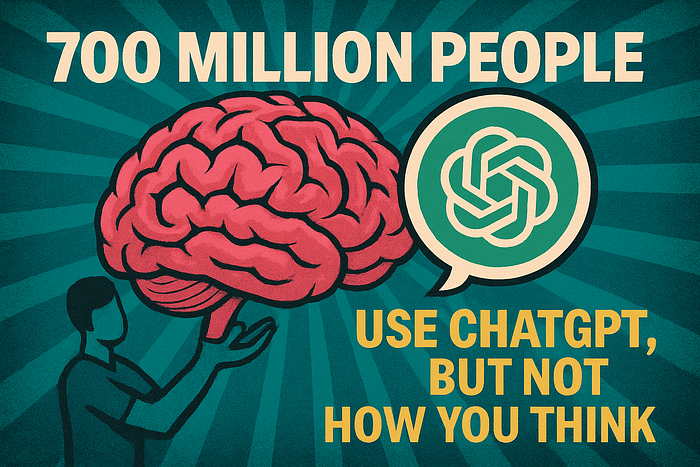
Top 5 Machine Learning Fields: A Blog for Beginners
Last Updated on May 22, 2022 by Editorial Team
Author(s): Rijul Singh Malik
Originally published on Towards AI the World’s Leading AI and Technology News and Media Company. If you are building an AI-related product or service, we invite you to consider becoming an AI sponsor. At Towards AI, we help scale AI and technology startups. Let us help you unleash your technology to the masses.
Discussing the Top 5 Machine Learning Fields for Beginners

1. Introduction: What is machine learning and why is it important for us?
Machine learning is a subfield of computer science that is concerned with enabling machines to learn. Machine learning is a set of algorithms that enable computers to learn from experience, such as receiving data from sensors, and to improve the performance of a function based on experience, without being explicitly programmed. Machine learning can be either supervised or unsupervised. Supervised learning is when the algorithm’s predictions are corrected by a teacher. Unsupervised learning is when there is no teacher, typically only an algorithm, and the algorithm’s performance improves over time.
The main aim of machine learning is to create a computer that can learn without being explicitly programmed. In this blog, we will be covering some of the hottest machine learning algorithms used by organizations. But before that let’s have a small introduction to this machine learning. So, what is machine learning? Machine learning is basically the ability of a computer system to learn from data and then apply what it has learned to make a decision. In simple words, it is the ability of a machine to learn from the data given and then apply what it has learned to make a decision.
2. Supervised learning: This is where the algorithms are trained using labeled data
Supervised learning is one of the most common approaches used in machine learning to train machine learning models. It is also called “learning from the teacher”. This is the most common approach to solving machine learning problems. In supervised learning, the algorithm is trained with labeled data. Before designing and training the algorithm, we need to define the problem and prepare the data. Once the data is ready then we can start designing and implementing the machine learning algorithm. The data used in machine learning is called “supervised data” and this supervised data is used to train the machine learning algorithm. There are many algorithms that can be used for the training of machine learning algorithms. In this article
There are many algorithms that could be used in this case. It is important to note that the algorithm is trained using labeled data. The label could be anything, like the images of the face of a person, the sound of a word, or any other data. The algorithm is trained to recognize the patterns and make predictions. The algorithm learns from the data you provide and make a decision based on what it knows. Supervised learning is the most common type of machine learning. If a machine is able to recognize a pattern in the data, it has learned something. In the real world, this is something very useful. You may have heard that a new Netflix show is coming in April, so you wanted to download the whole series so that you could watch it on the day it is released. The machine has learned the patterns of the data to predict the release date of the show. This is a good example of supervised learning.
There are many different categories of algorithms that can be used for machine learning. We will take a look at the most popular ones. This list will be updated from time to time, as new algorithms are discovered, but for now, these are the top 5 algorithms used in machine learning. Remember, the idea of machine learning is to use algorithms to learn from data (train) and then make predictions (test). The computer will learn the pattern it is looking for, and then, later on, it can match new data to the pattern and make predictions.
3. Unsupervised learning: This is used to find hidden patterns in the data
How do you find patterns in data? It’s a difficult question that many companies and people have to answer on a regular basis. You may have a lot of data, but how do you find out which pieces of data are relevant? There are a number of different methods you can use to solve this problem, each of which has its own advantages and disadvantages. Among the most popular methods for extracting patterns from data are machine learning algorithms. These algorithms are designed to learn from examples and make predictions about data that they haven’t seen before.
Unsupervised learning is a machine learning task where the output is not directly a label or a value, but a set of clusters. In unsupervised learning, the machine is expected to discover hidden structures in its input without being given any labels. Unsupervised learning algorithms can be used to discover the hidden structure in unlabeled data, such as finding clusters in data or finding latent factors in data. In some cases, the algorithms can be used to find the structure of the input space, like the singular value decomposition (SVD) which can be used to identify the underlying structure of data with a set of basis vectors. Unsupervised Machine Learning is used for pattern recognition and data mining tasks.
4. Reinforcement Learning: This is used when an agent interacts with its environment through an action
Reinforcement learning is a type of machine learning where the algorithms are designed to learn from interaction with the environment. The environment provides the agent with a continuous stream of observations and rewards, which are used in the learning process. Reinforcement learning is used successfully in games like chess and backgammon, and also in more dangerous and difficult scenarios, like robotic space exploration. It is also used in applications like autonomous vehicles, learning how to play video games, and trading stocks.
Reinforcement learning (RL) is a subfield within machine learning that has been inspired by the way animals are thought to learn. It involves an agent that interacts with its environment through actions, which are chosen based on their immediate consequences and a representation of the long-term goal that the agent seeks to maximize. Reinforcement learning algorithms operate by selecting actions according to a dynamic program. In its most simple form, a reinforcement learning agent can learn to walk by trial and error. The agent can be successively shown pictures of itself from different angles, and its goal is to learn to move its leg in the direction shown in the image. More formally, the agent’s goal is to maximize the total reward it receives over a sequence of steps. The agent can perform actions by manipulating its environment, and it can observe the effects of its actions. The reward is used as a proxy for the long-term goal, which must be delayed over time. A key advantage of reinforcement learning is that it allows an agent to learn to perform a task even when it has no way of knowing the consequences of its actions.
5. Batch Learning: This is used to process a large amount of data with a single pass
Batch learning is a machine learning algorithm that is used to process a large amount of data with a single pass. It is a type of supervised learning method and is used when the training dataset is very large. The batch learning is also known as offline learning and is used to implement the linear regression, logistic regression, and ridge regression. Batch learning is a simple and easy-to-understand approach and because of this is also quite popular.
In this post, we will be discussing the top 5 machine learning algorithms. These algorithms are used in the development of artificial intelligence. Machine Learning is a field of computer science that gives computers the ability to learn without being explicitly programmed. This field was initially started in 1950 by Arthur Samuel. Today, machine learning is used in many applications including image and speech recognition, marketing, search engine, and much more.
Batch learning is a machine learning algorithm that is used to process a large amount of data with a single pass. This is the most commonly used machine learning algorithm. Batch learning is a broad class of machine learning algorithms that primarily uses historical data to make predictions about the future. The term “batch” refers to the fact that the entire dataset is analyzed at once, in a single “pass.” Batch learning algorithms are often used for regression and prediction problems.
Conclusion
Don’t let the jargons confuse you, read this blog with an open mind.
Top 5 Machine Learning Fields: A Blog for Beginners was originally published in Towards AI on Medium, where people are continuing the conversation by highlighting and responding to this story.
Join thousands of data leaders on the AI newsletter. It’s free, we don’t spam, and we never share your email address. Keep up to date with the latest work in AI. From research to projects and ideas. If you are building an AI startup, an AI-related product, or a service, we invite you to consider becoming a sponsor.
Published via Towards AI
Take our 90+ lesson From Beginner to Advanced LLM Developer Certification: From choosing a project to deploying a working product this is the most comprehensive and practical LLM course out there!
Towards AI has published Building LLMs for Production—our 470+ page guide to mastering LLMs with practical projects and expert insights!

Discover Your Dream AI Career at Towards AI Jobs
Towards AI has built a jobs board tailored specifically to Machine Learning and Data Science Jobs and Skills. Our software searches for live AI jobs each hour, labels and categorises them and makes them easily searchable. Explore over 40,000 live jobs today with Towards AI Jobs!
Note: Content contains the views of the contributing authors and not Towards AI.
















